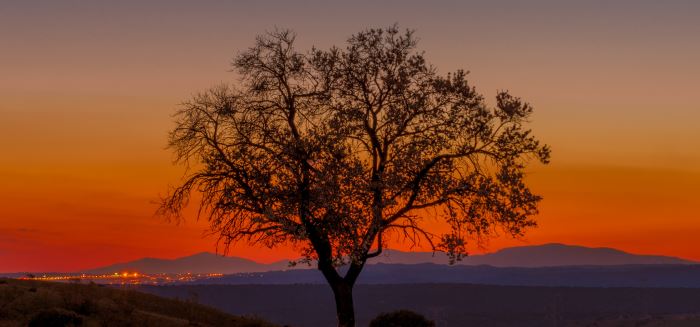Today’s writer is a second year seminary student who is discovering an increasing number of links between our daily lives and the call to be good stewards. He invites us to see stewardship as a continuum in all that we do.
Blessings,
Glenn Taibl, Co-Director
Center for Stewardship Leaders
Luther Seminary
Stewardship Lessons: From Environmental to Financial
Ryan Arnold
As a second year student at Luther seminary in the Distributed Learning (DL) program I wear many hats. That’s the beauty of the DL program: it allows you to stay put geographically speaking, offers stability for your family and gives you the ability to continue serving your local church. You get all this, while also pursuing a Master’s in Divinity degree (MDiv) and ordination. What a great gig.
Beyond being a seminarian, my other hats include part-time employment at a local congregation, being a husband, and a parent. It is this role as parent that makes me think about stewardship the most.
This past weekend my wife and our five-year old daughter went to Disneyworld, and ran across the movie “Circle of Life: An Environmental Fable” at Epcot. It’s a story of environmental stewardship that uses characters from the Lion King, told as only Disney can do. One thing Disney weaves into the experience is talk of how the recycling of aluminum cans has changed in the past forty years. In 1972 just 15% of aluminum cans in the US were recycled. By 2012 that number had increased rather dramatically to 67%. What changed so many hearts, minds and behaviors so radically in such a short time?
Part of it purely economic, it’s cheaper for companies to use recycled aluminum. But the more important piece, and what gets people like you and I to separate our recyclables bin by bin, is that the narrative has changed. People now know, through countless efforts from business, government, schools and faith communities that the sustainability of our world depends on it. Leaders of all types play a vital role in educating their organizations, both speaking about environmental stewardship and modeling it for others to see. And when successes happen, like with recycling aluminum cans, we celebrate, knowing we are part of something that will benefit our world for generations to come.
I guess I see financial stewardship in our churches in much the same way. People need to know that their giving matters, and is a vital part of God’s restorative plan for all of creation. As current and future faith community leaders we must communicate this stewardship narrative and why it’s important, whether that’s our involvement in a local food pantry or supporting the ELCA initiative to eradicate malaria in Africa. Find what God is doing through your congregation, lift that up, and celebrate it.
Another important way leaders can reimagine the financial stewardship narrative is to model it. Before and during seminary can be a great time to get your financial house in order. Be intentional about paying down your existing debt. Be careful about taking on new debt, including seminary debt. Utilize grants and scholarships whenever possible. Reevaluate what you consider wants vs. needs. Consider taking part in a Christian-based course on finances like those offered by Financial Peace University or Crown Financial. These courses offer practical, biblically-based perspectives on how to tidy up your financial house.
Do you tithe? The average ELCA member gives about 2% of their income through the church, so odds are the answer to that question is no. What we can do is to be intentional about increasing our giving over time, communicating what we give, and just as importantly why we give. At its best a conversation about giving is passionate, highlighting the joy and happiness that comes when giving is done from the heart. The hope is that others see this passion, are inspired by it, and are moved to reflect on their own heart for giving.
The Lion King Circle of Life movie about environmental stewardship concludes that, “making the world a better place begins in your own back yard.” As faith leaders this quote makes an excellent segue into a conversation about financial stewardship as well. The circle of life, as authored by God, modeled by Christ, and led by the Spirit calls us to action.
Author
Ryan Arnold is a second year student at Luther Seminary. Ryan is a Distance Learner as he attends classes online while managing workplace and family at his home in Florida. Ryan was a student in the Money and Mission of the Church online class this spring.

